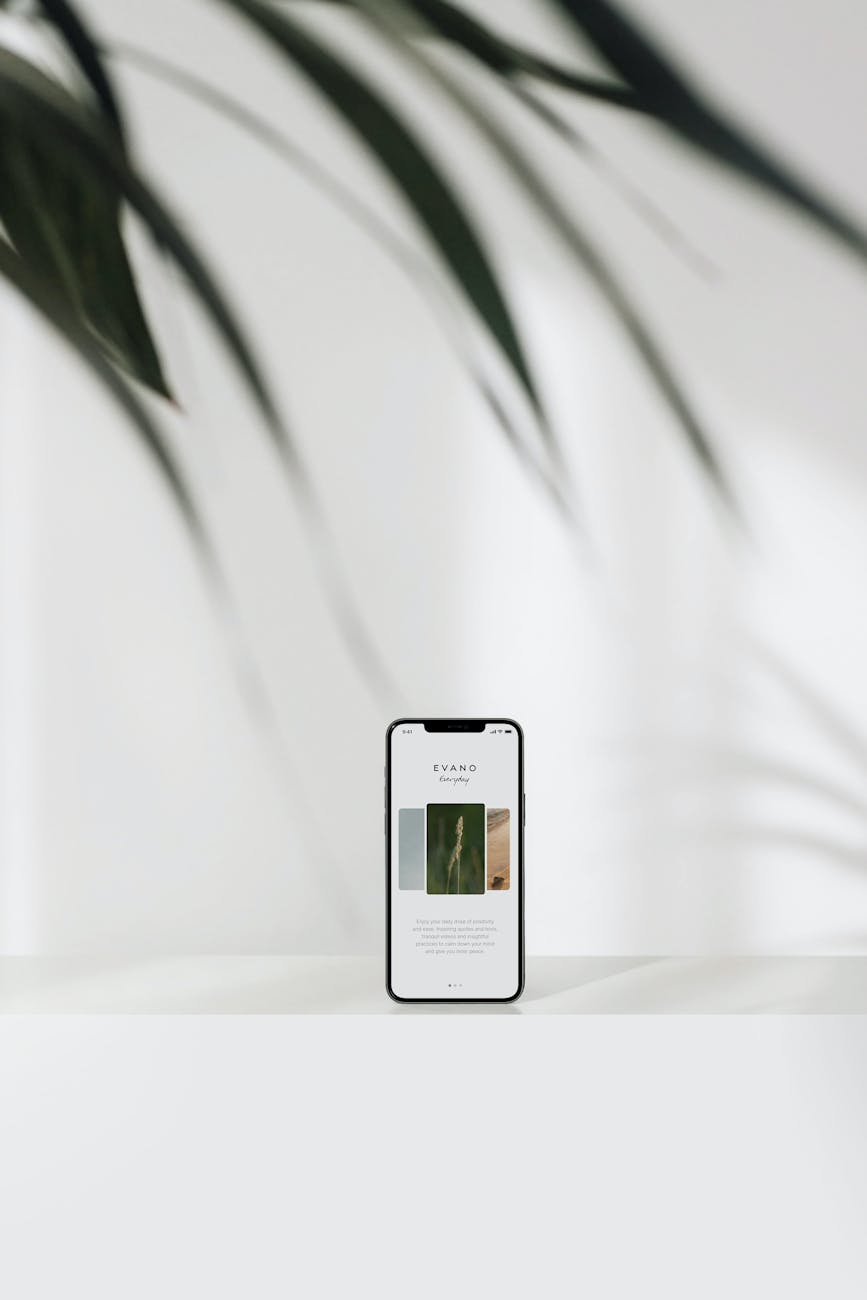Invisible Design in Technology: Enhancing Usability Without Notice
Invisible design refers to the principles of creating technology interfaces that prioritize user experience while remaining unobtrusive. In a world saturated with digital products, effective design hinges on balancing functionality and aesthetics without overwhelming the user. By streamlining interactions and prioritizing usability, invisible design ensures that technology fades into the background, allowing users to engage seamlessly with their digital environments. Throughout this article, we will explore the fundamentals of invisible design, its significance in modern technology, examples of its successful implementation, and its transformative impact on user experience. With a focus on making technology accessible, we will uncover how designers can enhance usability without drawing attention to the design itself.
The Basics of Invisible Design
At its core, invisible design emphasizes minimalism and intuitiveness. The goal is to create a user experience that feels natural and requires little conscious effort. Essential elements include:
- Simplicity: An uncluttered interface reduces cognitive load, helping users find what they need quickly.
- Consistency: Familiar patterns such as navigation cues promote ease of use.
- Feedback: Subtle cues (e.g., loading animations or transition effects) affirm user actions.
Dominant brands like Apple and Google embody these principles, creating technology that feels intuitive. By cultivating an invisible design philosophy, designers can prioritize user needs and preferences, making interactions feel effortless.
The Significance of Usability
Usability is paramount in today’s technology-driven society. Research indicates that users have little patience for complicated systems; 80% may abandon a task if they encounter difficulties. Additionally, products with excellent usability can improve customer satisfaction and drive loyalty. Businesses can benefit from adhering to invisible design principles:
| Benefits of Usability | Impact |
|---|---|
| Improved User Retention | Increased customer loyalty and repeat usage. |
| Reduced Support Costs | Fewer inquiries and issues reduce operational costs. |
| Higher Conversion Rates | Simplified processes lead to more successful outcomes. |
By making technology easier to use, companies enhance engagement while reducing friction, leading to a more enjoyable customer journey.
Examples of Successful Invisible Design
Many tech giants have embraced invisible design to enhance user experience. For instance, the Google search engine provides a clean, minimal interface, allowing users to focus solely on their search queries. Another excellent example is the smart home hub, which integrates seamlessly with various devices, automating operations without requiring constant user input.
Moreover, applications like Spotify utilize playback controls that fade into the background when not in use, allowing users to engage without distraction. These examples demonstrate that invisible design can fundamentally change how users interact with technology, simplifying complex tasks and making technology feel more intuitive.
The Future of Invisible Design
As technology evolves, the principles of invisible design are becoming increasingly relevant. With the rise of voice interfaces, augmented reality (AR), and artificial intelligence (AI), creating seamless user experiences is more critical than ever. Future technologies will rely on invisible design principles to ensure users can engage without confronting unnecessary obstacles.
Innovations in AI could further enhance invisibility in design, predicting user needs and preferences to streamline interaction. Therefore, designers must continue to focus on user-centric approaches, ensuring that technology complements human behavior rather than complicates it.
Conclusion
Invisible design plays a crucial role in enhancing usability, allowing technology to blend into the user’s experience without demanding attention. By embracing simplicity, consistency, and subtle feedback, designers can create interfaces that effortlessly guide users toward their desired outcomes. As we move forward, it is vital for businesses and designers to prioritize usability and strive for an increasingly invisible design in their products. This commitment can lead to stronger customer relationships and higher satisfaction. Ultimately, invisible design is not just about aesthetics; it is about creating meaningful interactions that improve the overall experience with technology, making it an indispensable element for future innovations.
Image by: Sarah Dorweiler
https://www.pexels.com/@sarahdorweiler




